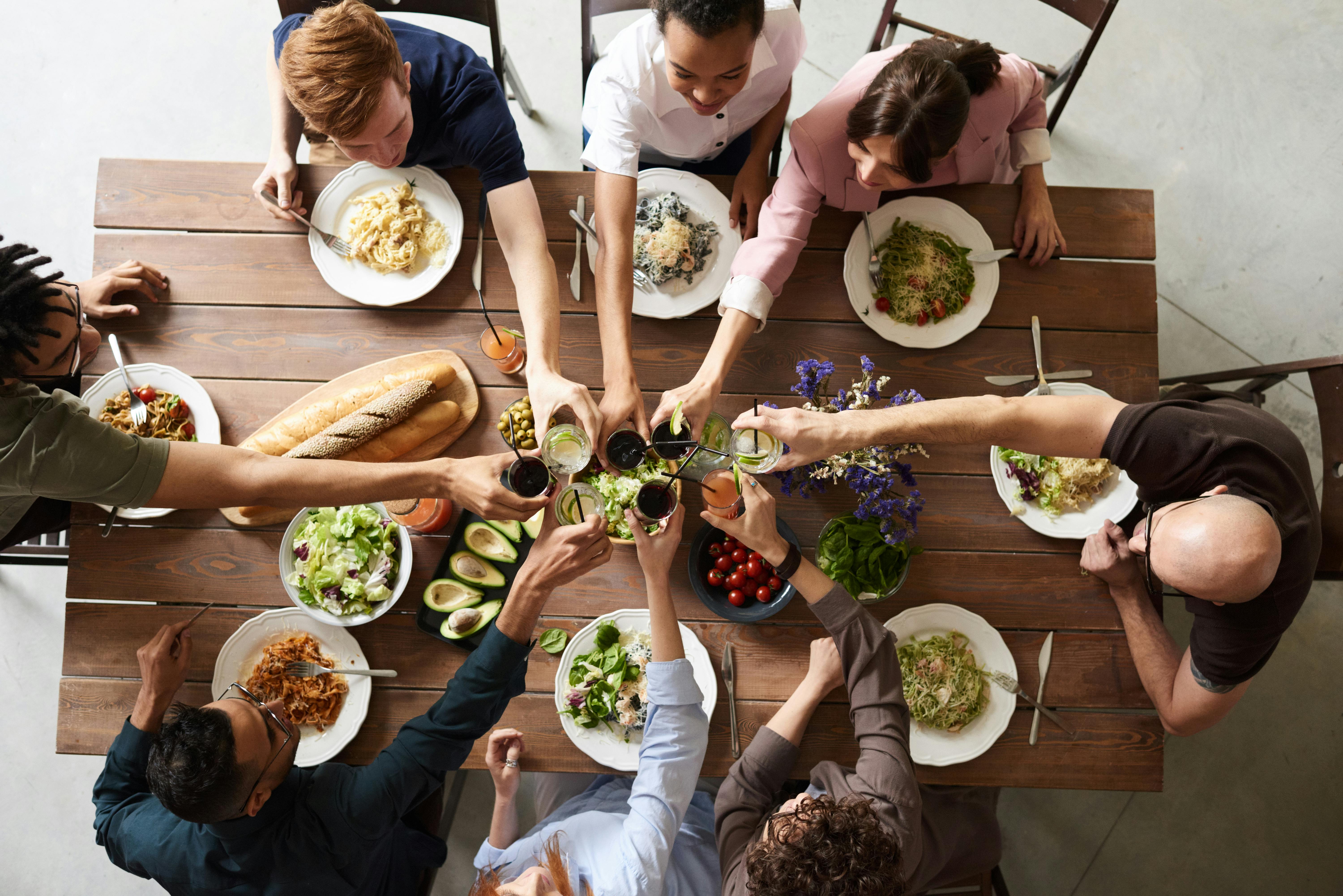Exploring the World Through Food Foraging Adventures
As globetrotters seek more immersive and authentic experiences, a new trend is taking root in the travel industry: food foraging adventures. This unique blend of culinary exploration and outdoor adventure allows travelers to connect with local ecosystems, learn about indigenous ingredients, and savor the true flavors of a destination. From coastal seaweed harvests to mountain mushroom hunts, food foraging is transforming the way we experience and taste the world around us.

As awareness grew, tour operators and local guides started offering specialized foraging experiences, allowing travelers to explore landscapes through a culinary lens. This shift marked a departure from traditional food tourism, which often focused solely on restaurant experiences or cooking classes.
The Appeal of Foraging Adventures
Food foraging adventures offer a multifaceted appeal to modern travelers. First and foremost, they provide an unparalleled opportunity to engage with the natural environment of a destination. Participants learn to identify edible plants, fungi, and sometimes even insects, gaining a deeper understanding of local ecosystems and biodiversity.
Moreover, these experiences often incorporate elements of cultural exchange. Many foraging guides are locals with generations of knowledge passed down through their families. Through their expertise, travelers gain insights into traditional uses of plants for food and medicine, as well as folklore and customs associated with different ingredients.
The element of discovery adds an extra layer of excitement to these adventures. Unlike typical food tours where dishes are presented in finished form, foraging allows participants to experience the thrill of finding and harvesting their own ingredients. This hands-on approach creates a more memorable and personal connection to the food and the land.
Global Hotspots for Food Foraging
While food foraging opportunities exist worldwide, certain destinations have emerged as hotspots for this unique form of culinary tourism. In Scandinavia, particularly Sweden and Denmark, foraging for berries, mushrooms, and herbs has become a popular activity for both locals and visitors. The region’s vast forests and right to roam laws make it an ideal setting for such adventures.
New Zealand has also gained recognition for its food foraging scene, offering experiences that blend Maori traditional knowledge with the country’s diverse ecosystems. From seaweed gathering along the coastlines to hunting for wild herbs in the bush, New Zealand’s foraging tours showcase the country’s unique flora and fauna.
In Southeast Asia, countries like Thailand and Vietnam are starting to offer foraging experiences that introduce travelers to the incredible diversity of tropical ingredients. These tours often combine foraging with cooking classes, allowing participants to learn how to prepare traditional dishes using their freshly gathered ingredients.
Challenges and Considerations
While food foraging adventures offer exciting possibilities, they also come with challenges and ethical considerations. Safety is paramount, as misidentification of plants or fungi can lead to serious health risks. Reputable tour operators employ expert guides and provide thorough safety briefings to mitigate these risks.
Environmental impact is another crucial consideration. Overharvesting can damage fragile ecosystems, and the increased foot traffic in certain areas may disrupt local wildlife. Responsible foraging practices, such as taking only what is needed and avoiding rare or protected species, are essential to ensure the sustainability of these experiences.
There’s also the question of legality, as foraging regulations vary widely between countries and even regions within countries. Travelers must be aware of local laws and obtain necessary permits where required.
The Future of Food Foraging Tourism
As interest in experiential and sustainable travel continues to grow, food foraging adventures are likely to become more sophisticated and diverse. We can expect to see more specialized tours focusing on specific ingredients or ecosystems, as well as the integration of technology to enhance the learning experience.
Virtual reality and augmented reality tools could be used to help identify plants or provide additional information about their properties and uses. Mobile apps might offer self-guided foraging routes, complete with identification guides and harvesting tips.
Furthermore, the concept of urban foraging is gaining traction, allowing city dwellers and visitors to discover edible plants in parks and green spaces. This trend could make foraging experiences more accessible to a wider range of travelers.
Forager’s Field Guide: Essential Tips for Culinary Adventurers
• Always go with an experienced guide or thoroughly research before foraging independently
• Learn to identify poisonous look-alikes for common edible plants
• Respect local regulations and obtain necessary permits
• Harvest sustainably by taking only what you need and leaving enough for wildlife and regrowth
• Clean and prepare foraged items properly to ensure food safety
• Be mindful of potential contamination sources in urban or industrial areas
• Pack essential tools like a sharp knife, gloves, and a sturdy basket
• Document your findings with photos for future reference and sharing
• Engage with local communities to learn about traditional foraging practices
As food foraging adventures continue to gain popularity, they offer a unique way to explore the world through its native ingredients. This trend not only satisfies our culinary curiosity but also deepens our connection to the landscapes we visit and the cultures that have long relied on these natural resources. By treading lightly and learning deeply, food foraging travelers can uncover the hidden flavors of a destination while fostering a greater appreciation for the delicate balance of our global ecosystems.





